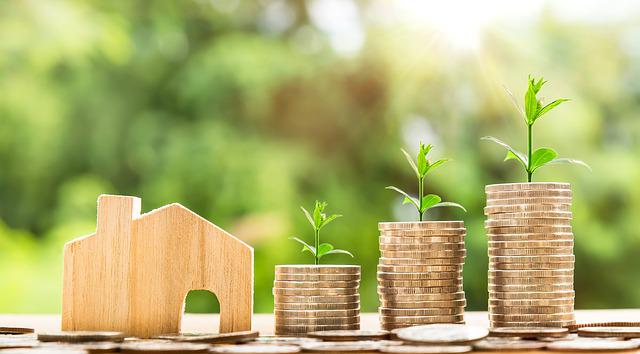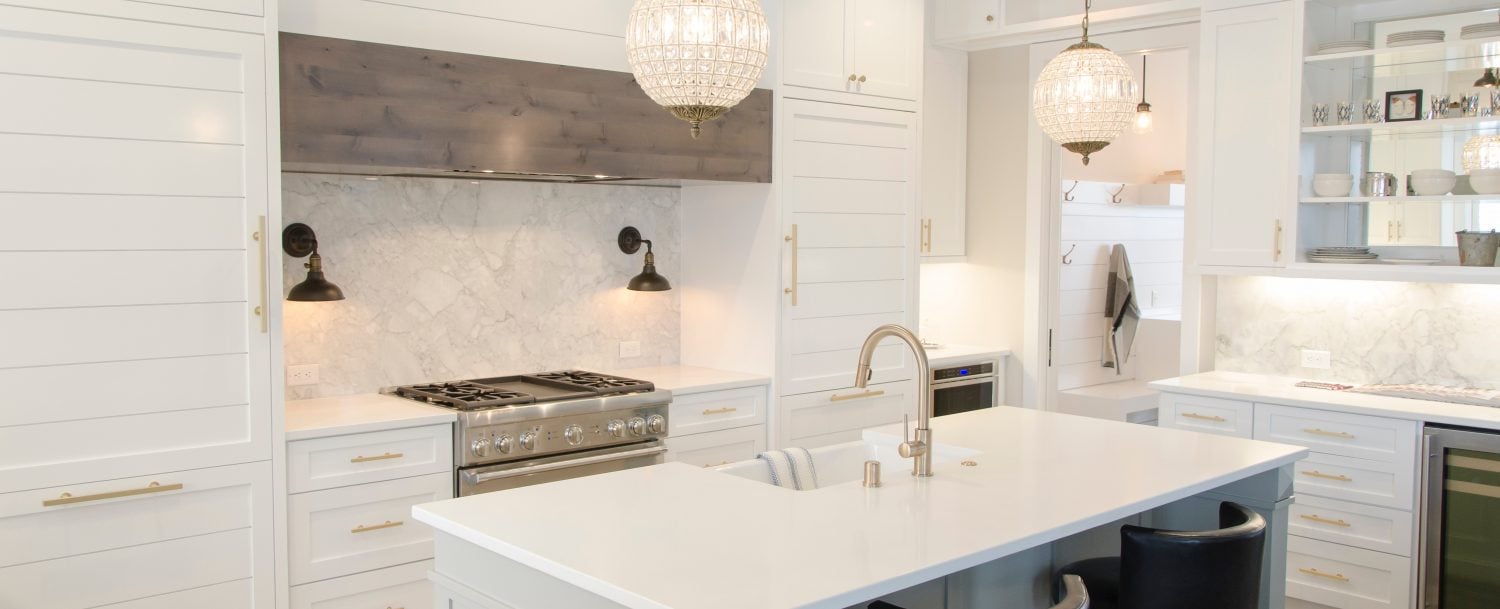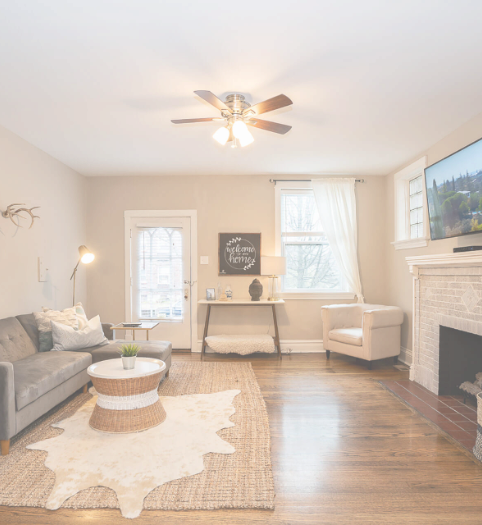Learning Real Estate Investing
The first book on investing I ever read was “Rich Dad, Poor Dad” by Robert Kiyosaki and it changed the way I think about money. What he teaches is that money is supposed to work for you, not the other way around. This is a confusing time for real estate investing, but with a few basic ground rules, you’ll soon have it mastered!
And I can think of no better way to make your money work for you than by investing in real estate.
Though I know it’s gotten a little tricky lately. The real estate market has become challenging and unpredictable. Up until the last couple of weeks (as of 6/27/22), home prices were appreciating at an unprecedented rate of more than 20%. Plus, mortgage rates are up.
Real estate investors are probably wondering if they should sell while prices are still high. And would-be investors are wondering if they should wait on purchases to see what the market will do.
Well, I can tell you this: With just one exception in the last 100 years, real estate values have consistently appreciated, making it one of the most stable investments you can make. And this is regardless of the present state of the market, both in your personal region and nationwide.
In the past two years, property values have soared more than 20% and while the market is forecast to stabilize, the good news is that it’s not projected to fall backwards as it did in 2008. The mortgage industry learned its lesson with unsustainable mortgage products.
Real Estate Investing is Not All About Cash Flow
My advice is, if it’s at all possible, just hold on to your property. Yes, if you’ve owned a real estate investment property for more than the last two years, it’s really tempting to just cash out and count your profit, especially given these huge appreciation numbers. But here’s the thing: once you sell, the profit, if you don’t reinvest, is just water flowing down a drain. It’s no longer working for you.
I think that some investors only look at cash flow numbers when deciding whether to sell or hold. But that’s not the whole picture. While cash flow is the number of dollars hitting your bank account each month, there’s a lot more going on behind the scenes that’s also building you wealth.
Let’s say your property is in a short-term vacation rental pool. You have your property manager do a summary for you to help you make a decision to either hold or sell.
This is what he comes up with (for the sake of simplicity, we’re going to use round numbers and consolidate like-type expenses):
| Property X | ||
| Purchase Price | 500000 | |
| Gross Rental Income | 70000 | |
| Total Operating Expenses | (25000) | |
| Property Taxes | (2500) | |
| Insurance | (1250) | |
| Net Operating Income | 41250 | |
| Annual Loan Payments | 24000 | |
| Annual Cash Flow | 17250 | |
| Monthly Cash Flow | 1437.50 |
Additional “Hidden” Sources of Real Estate Investment Cash Flow
When you have a $400k mortgage and a $2k per month payment, this number may be discouraging. But here are the additional “hidden” numbers that you should also be considering before you make a final decision, as they can significantly change how you understand the value of your real estate investment property:
Appreciation: While the numbers have been crazy high for the last year or two, we’re going to project low, just for the sake of this example.
Principal Reduction: Every time you make a mortgage payment, you are reducing the principal owed on the loan, which is money back to you. Again, simply using round numbers.
Tax Depreciation: No, this doesn’t mean the value of your home is decreasing. It means the number you can write off on your taxes as capital expenses. It’s a fine distinction and your accountant performs a formula to determine this value. Again, round numbers.
| Cash Flow After Expenses | 17250 |
| Appreciation @ 5% | 25000 |
| Principal Reduction | 12000 |
| Tax Depreciation (what you can write off in capital expenses) | 10000 |
| Annual Loss of Revenue from Liquidating | 64250 |
So, after you take into consideration what you’re really selling, you may want to think twice. One of my favorite resources to see these figures in real time for real properties to make it more “real” is www.roofstock.com. Check it out to gain a broader understanding.
Real Estate Investment Strategies
I frequently get questions from both current and future investors about the best strategy to employ with regard to real estate investments. I’d like to briefly touch on a few options.
Buy and Flip
In this model, investors purchase a property for below market value, typically in a distressed state. This can include deferred maintenance or some structural damage. The investor then makes the necessary repairs and/or updates to bring the property back to market standard. It is then listed at the appropriate increased value and the investor makes a profit on his efforts.
Buy and Hold
In this model, an investor purchases a property and then installs a tenant. This tenant’s rent pays the mortgage, while the investors enjoys the annual appreciation.
BRRR
This is actually a hybrid of both buy and flip and buy and hold, with another step and is the option I’d like to discuss in more depth today.
The acronym stands for Buy, Renovate, Refinance, Repeat. In this model, the real estate investor purchases a property, performs any deferred maintenance or repairs any structural/functional issues. The next step is to rent it out, whether as a short-term or long-term rental for a pre-determined period of time.
When that period of time is up (typically several years), the investor then refinances the property, cashes out the equity, and starts the process all over again.
Example of Real Estate Investing with BRRR
I’d like to provide an illustration of what happens when you sell a property vs. when you access the equity to continue building more equity over time.
We’ll start with a real estate investment property with an appraised value of $500k. For the sake of simplicity, we’ll say that the original purchase price and the current appraised value are the same.
| Sale | Cash Out Refinance | ||
| Appraised Value | 500,000 | 400,000 (80% LTV) | |
| Remaining downpayment | 100,000 (must keep original 20% down) | ||
| Outstanding Loan | 250,000 | Outstanding loan | 250,000 |
| Real Estate Commission (6%) | 30,000 | No sale = no commission | N/A |
| Closing Costs | 5,000 | 4,000 | |
| Proceeds Before Taxes | 215,000 | Equity to cash out for next investment | 146,000 |
| Tax Burden (assuming 25%) | 53,750 | No Tax Burden | N/A |
| Total Net | 161,250 | Total Available for next investment | 146,000 |
Next is where it gets really exciting. So, once you’ve cashed out your equity, you use that money to purchase another investment property (hence the last “R” for “repeat”). Here’s what that looks like:
| Property Y | |
| Purchase Price | 600000 |
| 20% Down Payment | 120000 |
| 4% Closing Costs | 24000 |
| 5% Equity Growth | 30000 |
| Tax Depreciation | 12000 |
| Principal Reduction | 14000 |
| Cash Flow | 20000 |
| Income From First Property | 64250 |
| 1 Year Income/Equity | 84250 |
| 5 Year Income/Equity | 421250 |
While all the numbers used in our examples are highly speculative and not based in fact, they still provide an excellent example of how quickly real estate investments can create wealth.
Bear in mind that with only one exception in the past 100+ years, real estate is the only investment that reliably and consistently appreciates over time. It is worth investigation and consideration in building your own portfolio.
I hope this has been helpful to you. I will be providing additional real estate investment resources in the coming weeks and months and invite you to reach out if you have any specific questions.




